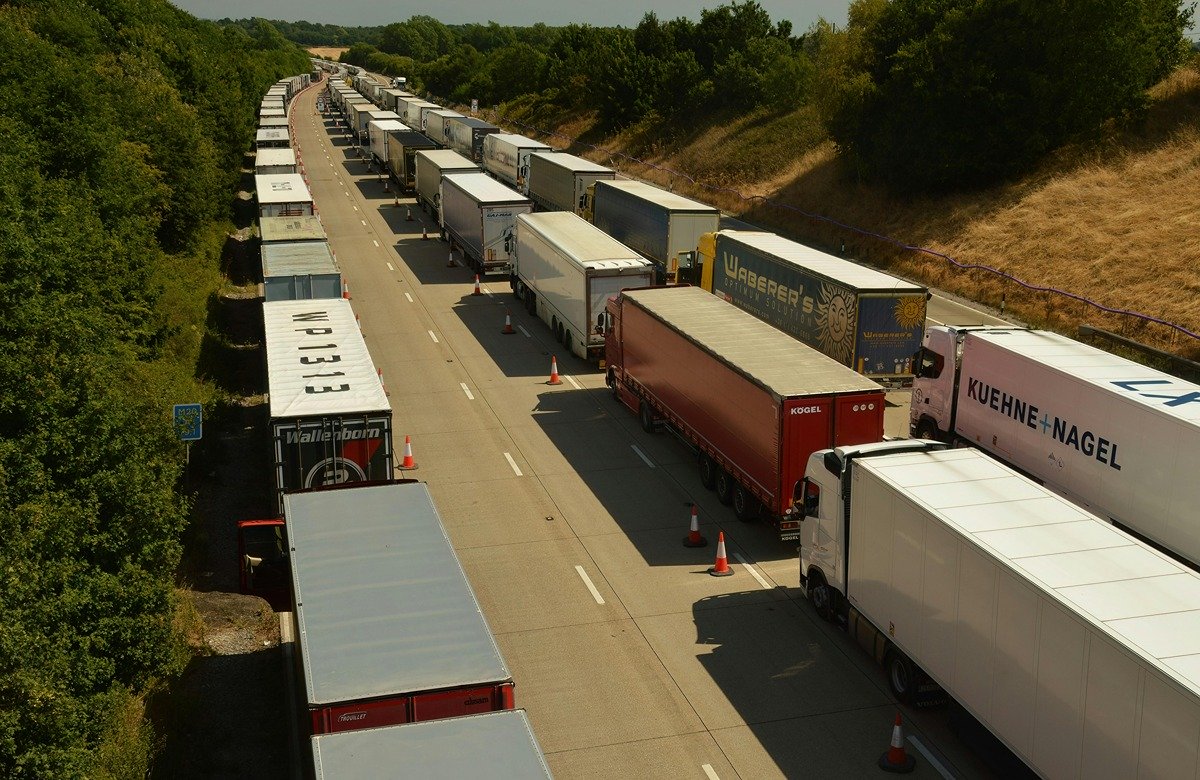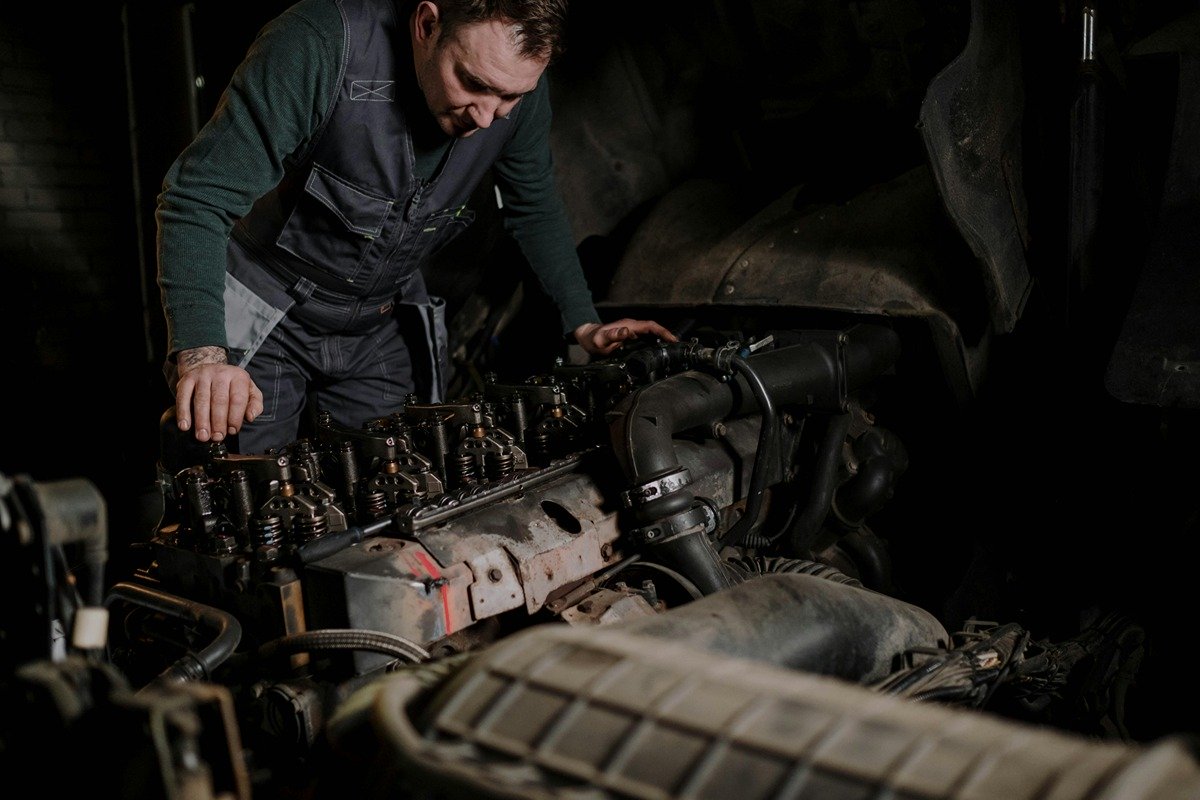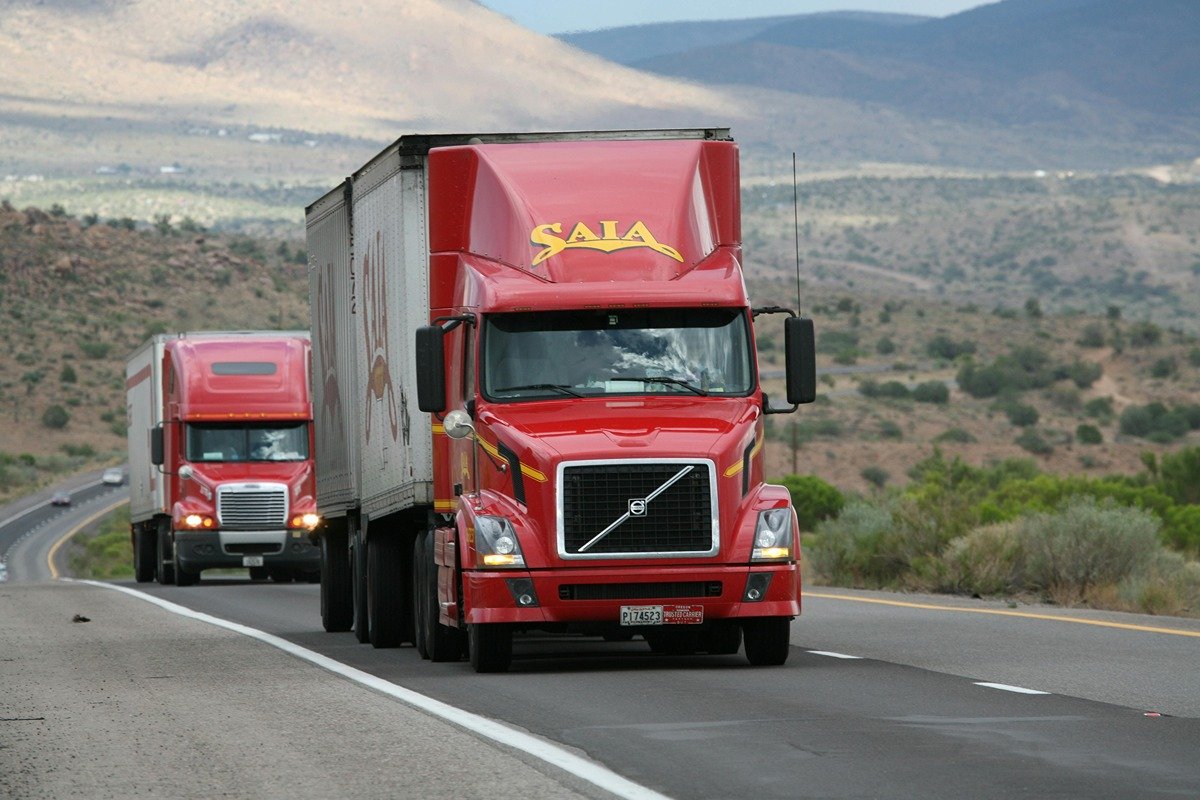
Trucks are used across almost all industries. In fact, according to the American Trucking Associations, trucks deliver over 80% of all US freight. That makes transporting goods with trucks a good business to be in.
If you’re new to the world of trucking, though, you may be confused by some of the jargon, such as the names of different types of trucks. Don’t worry, we’ve got you covered. Join us as we explore the differences between the semi-truck vs full truck.
What is the Difference Between a Semi-Truck and a Truck?
Most trucks are either full trucks or semi-trucks. So, what is the difference between a semi-truck vs full truck, and why does it matter so much in the trucking industry? They are both trucks used for transporting cargo. However, they have distinct differences that make them suitable for different types of cargo hauling.
A clue to the main difference is in their names. A full truck has a full trailer. A semi-truck has a semi-trailer. Let’s examine the different trailer types to understand what makes them so different.
What is a Full Trailer?
Full trailers move with the trucks that tow them, but do not rely on the towing vehicle to support the load. A full trailer carries its own weight entirely. The full trailer has a drawbar that connects to the coupling on the truck.

What is a Full Truck?
A full truck is a straight truck with its own cargo space. It does not have a detachable trailer. It has a trailer for cargo hooked to the truck itself.
Full trailer trucks are reliable and versatile, and are used widely in a variety of roles. If you’ve ever heard of a box truck, it is a full truck. It is called a box truck because the cargo area is an enclosed, rectangular box that is attached to the truck’s chassis.
Thinking of buying a box truck for your business? Before you do, read our guide to understanding box truck financing.
What is a Semi-Trailer?
Semi-trailers are detachable trailers usually constructed of high-strength steel or aluminum. They get hitched to a truck to transport cargo. Semi-trailers come in different designs to suit specific cargo, for example, raw materials, bulky goods, liquids, chemicals, etc.
The truck can offload the entire trailer without waiting for the goods in it to be offloaded, and attach another one. The trailer often has legs to support it when it is uncoupled from the truck.

What is a Semi-Trailer Truck?
The semi-trailer is used with a tractor truck, more powerful than a regular truck. The truck does not carry cargo itself, but instead pulls the rear trailer carrying the cargo. This combination of a semi-trailer and a tractor truck is called a tractor trailer truck or semi-trailer truck.
It is often just referred to as a semi-truck or a semi in the U.S. Elsewhere, it may be known as an articulated truck. An articulated vehicle is composed of two parts: a tractor unit (or cab) and a trailer.
Driving a semi-tractor truck with a long semi-trailer is very different from driving a delivery van or even a heavy-duty full trailer truck. These giant vehicles are much longer and can have multiple trailers. Remember this when you are looking for drivers for your trucking business.
If you need a driver who has experience driving big semis, state this clearly in the commercial truck driver job description. The last thing you need is for your truck driver to be involved in an accident. A truck accident can be much more costly than a car accident or a motorcycle accident, after all.
Full vs Semi-Truck: Key Differences
There are quite a few differences between a full truck vs semi-truck. Consider these before you purchase a truck to start a truck delivery business.
Connection Mode
The first and most obvious difference between a semi-truck vs full truck is the connection mechanism. A semi-trailer is connected to a truck by a heavy metal coupling called a kingpin.
This cylindrical connection is located underneath the front end of the trailer. It locks the trailer onto the truck. Meanwhile, a full trailer is connected by a front hook on the trailer and a coupling on the truck.

Dimensions
Dimensions are another giveaway in the comparison of a semi-truck vs full truck.
The semi-trailer’s standard dimensions are 48 to 53 ft. long, 8.5 ft. wide, and 13 ft. high. Compare this with the full trailer. Its standard dimensions are only 10 to 26 ft. long, 8.5 ft. wide, and 13 to 14 ft. high. Therefore, the semi-trailer is usually much longer than a full trailer.
Capacity
There’s also a big difference in the capacity of the semi-truck vs full truck. Semi-trailers can carry up to 80,000 lbs in weight. Full trailers typically carry about 33,000 lbs. in weight. Therefore, the semi-trailer usually carries more weight than a full trailer.
Usage
Because of their different dimensions and capacities, usage is another big difference between the semi-truck vs full truck.
Semi-trailer trucks can take more cargo and are thus often used for long-distance hauling. There are different types of semi-trailers, like refrigerated trailers for perishable foods, and lowboy trailers for oversized loads.
Full trailer trucks can take a lot of cargo, but decidedly less than the biggest semis. That’s why they are typically used for smaller, usually local, deliveries.
Driving a heavy truck, especially a semi, requires a Commercial Driver’s License (CDL).
Components and Design
A comparison of the semi-truck vs full truck shows a very different design and components. Full trucks are trailers on their own wheels, with both front and rear axles, although sometimes, the rear axles are in the middle. And these axles support the entire trailer’s weight.
Semis are a combination of a truck and a trailer, without a front axle. So, why do semi-trailers have no front axles, only rear axles? The front half of the trailer is supported by the back of the truck itself. The rest is supported by the rear axles.

Wheels
A two-axle straight truck will usually have four wheels. The number of wheels on a semi-truck can vary depending on the freight. Six to ten wheels is typical. However, there can be as many as eighteen, and these trucks are often referred to as eighteen-wheelers.
The extra wheels on semi-trucks offer better weight distribution, with more stability and balance for those heavier cargo loads. Of course, heavier loads can impact fuel consumption, but most modern semis offer better fuel efficiency.
Maneuverability
The design of a semi-truck vs full truck affects maneuverability as well.
Semi-trailers generally provide better traction than full trailers and more maneuverability in tighter urban spaces. Semi-trucks are easier to reverse even with the trailer hooked. This is because they only have a single turning point at the coupling, unlike full trailers, which have two: the drawbar and the coupling.
Experienced drivers handle these issues well. However, even new truck drivers will find it easy to handle any truck by attending one of the top CDL training schools. These schools offer practical commercial truck driver training for all heavy trucks, including semis.
The Role of Semi-Trucks in Commercial Transport
In the choice of semi-truck vs full truck, which is more popular? The truth is, they both are, because they both have advantages. Full trailer trucks are easy to drive, have low operational costs, and are ideal for transporting lightweight goods.
However, semi-trucks are especially popular for commercial transport logistics and long haul transport. They can haul much larger volumes. And they fulfill necessary functions at all stages of the commercial journey.
They are crucial for manufacturing, hauling raw materials to factories. They are essential for distribution, carrying finished goods to retailers. And they are just as useful for retail deliveries, transporting the merchandise to waiting consumers.
This makes semi-trucks invaluable for commerce. But they are just as important for agriculture and other sectors. This makes owning or operating a semi-truck fleet a good business to be in.
Conclusion
Now that you know all the differences between a full truck and a semi-truck, you can decide which is the better option for your business.
For a smaller local delivery business, a full truck is fine. Semi-trucks are preferred for long hauls as they can take much more cargo. If you’re building an intracontinental freight business, this is the truck you will need.
Whatever you decide, you’ll need reliable financing to buy your trucks. Mission Financial Services can help you get the funds to buy new or used commercial vehicles and semi-trucks. Contact us today to get started.


